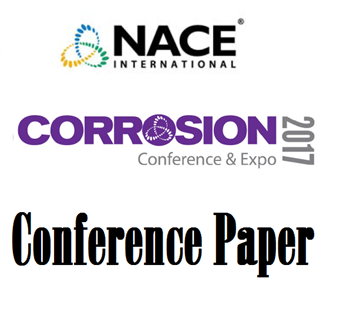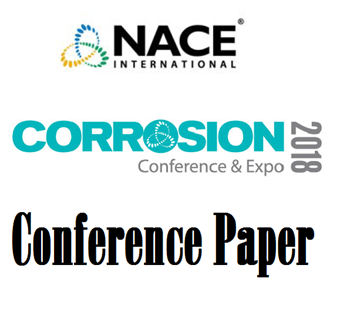Search
51318-10636-Oil and Gas Field Corrosion Inhibitor Performance Validation Implementation of EIS
Also Purchased
Guidelines for Corrosion Inhibitor Selection for Oil and Gas Production
Product Number:
51317--8842-SG
ISBN:
8842 2017 CP
Publication Date:
2017
$20.00
51318-11505-Evaluating the impact of different families of scale inhibitors on corrosion inhibitor performance
Product Number:
51318-11505-SG
Publication Date:
2018
$20.00
51318-11654-Corrosion Inhibitor Screening - Impact of Test Approaches & Conditions on Performance
Product Number:
51318-11654-SG
Publication Date:
2018
$20.00




